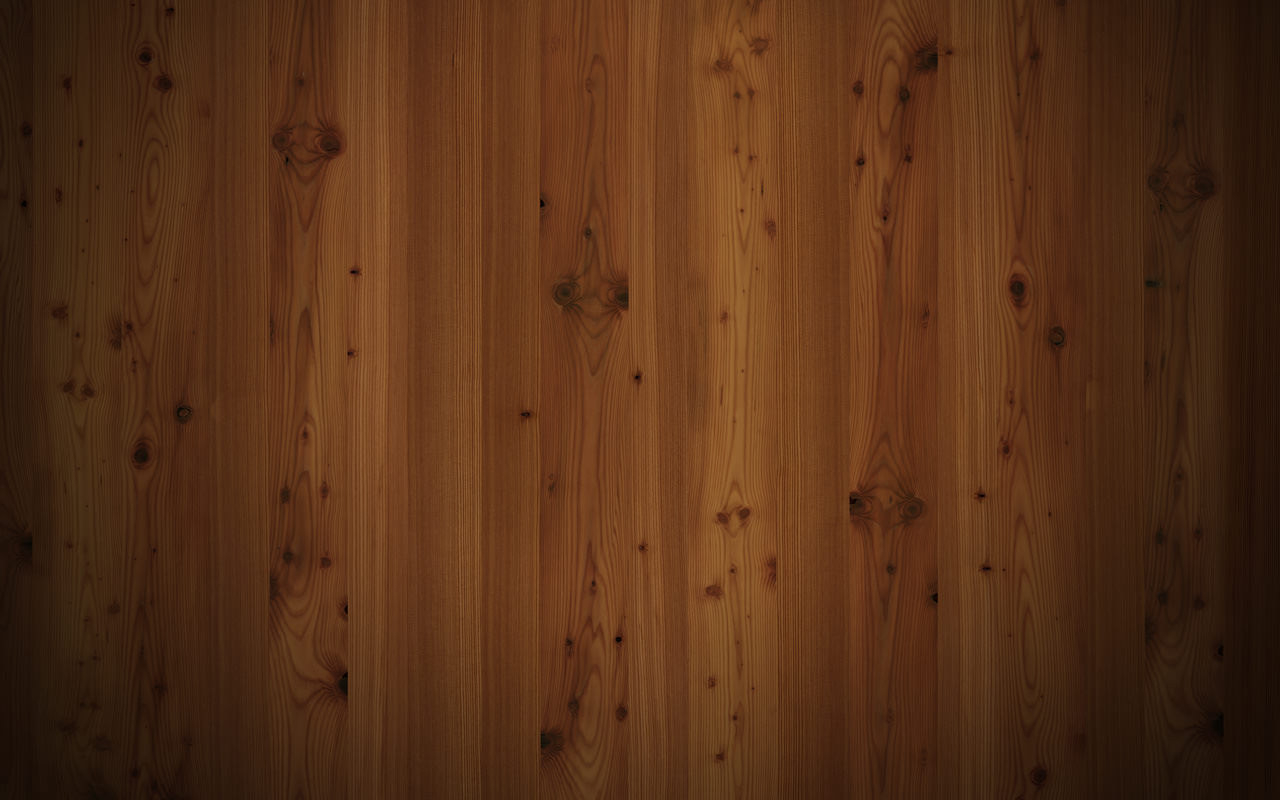

Plastic and Reconstructive Surgery
s !PRIL
Beaty et al. have also quantitatively measured the
impact of selected surgical maneuvers on nasal tip
support. Their findings indicate that the nasal tip
is cantilevered, almost suspended, at the anterior
septal angle by the association of the septum with
the nasal domes through central suspending liga-
ments. Disruption of this ligamentous structure
alone resulted in a 35 percent decrease in tip sup-
port.
5
Gassner et al. and Westreich et al. have also
found the anterior septal angle to be the most
supportive structure in their quantitative nasal tip
tissue resilience/cartilage elasticity studies.
6,7
Finally, the cantilevered spring theory of West-
reich and Lawson describes a spring-loaded tri-
pod that gains its stability from a rigid abutment.
In this model, the paired lower lateral cartilages
have a single point of dominant fixation, usually
along the caudal septum, around which the elastic
tripod will rotate. Unlike preceding models, the
rigid abutment is not located at the feet of the tri-
pod but rather at the septum, the strongest mid-
line element of the nose.
8
One aimof primary open rhinoplasty is to recon-
stitute the ideal nasal anatomy when this anatomy
is less than ideal. We therefore suggest that if (1) a
proper anterior septal angle position is created, (2)
a central suspending ligament repair is performed,
and (3) the scroll area is preserved or reconstructed,
the desired nasal tip position and stability can be
consistently achieved without a columellar strut
graft. We present a series of 100 consecutive primary
open rhinoplasties performed with special attention
to restoration of native tip support elements but
without the use of columellar strut grafts.
PATIENTS AND METHODS
Medical records and digital images from 100
consecutive primary open rhinoplasty patients (84
female and 16 male patients) operated on by the
first author (O.B.) from July of 2011 to October
of 2012 were retrospectively reviewed for patient
demographics, surgical techniques, complica-
tions, and postoperative columellar deformities
(Table 1).
All patients underwent an open rhinoplasty
approach without the use of a columellar strut,
tongue-in-groove technique, septocolumellar
sutures, or columellar/medial crural reinforce-
ment of any kind. Nasal tip support and projec-
tion were provided by (1) precise adjustment of
the anterior septal angle using a septal extension
graft if necessary, (2) a median suspension suture
between the distal insertion of the Pitanguy liga-
ment and the middle vault, and (3) reconstruction
of the scroll attachments by primary ligament
repair or by using a horizontal mattress type lower
lateral cartilage–to–upper lateral cartilage suspen-
sion suture (Fig. 1). Nasal tip was refined with
suture techniques only; no tip grafts were used.
All 100 patients had a complete set of digital
images, including (1) a preoperative series, (2) a
preoperative morphed right profile image, and
(3) a late postoperative (8 to 12 months) series.
Digital photographs were obtained using a stan-
dardized setup with the patient seated at a fixed
distance from the camera. Morphed right profile
images were created using Virtual Plastic Sur-
gery Software (Version 1.0; Kaeria EURL, Paris,
France). Digital images were processed by using
open-source GNU Image Manipulation Program,
GNU Public License Version 2.8. Patient satisfac-
tion regarding long-term postoperative nasal tip
elasticity was assessed subjectively by means of an
e-mail survey in December of 2013. Survey results
were tabulated by an unbiased observer.
Analysis of Nasal Tip Projection
Nasal tip projection was measured on pre-
operative, morphed, and postoperative right
Table 1. Surgical Techniques
Characteristic
No.
Total no. of rhinoplasties
100
Septal surgery
Septoplasty/septal harvest
88
Caudal trim
34
Dorsal reduction
80
Anterior septal jig-type extension
without using a graft
6
Septal extension graft
4
Middle vault
Unilateral spreader grafts
18
Bilateral spreader grafts
5
Upper lateral fold-in flap
79
Upper lateral caudal trim
36
Osteotomies
Unilateral lateral
13
Bilateral lateral
76
No osteotomy
11
Dorsal camouflage
Recycled dorsal hump
80
Temporal fascia
4
Lower lateral cartilages
Cephalic trim
91
Horizontal repositioning
22
Lateral crural steal
4
Lateral crural overlay
4
Nasal tip
Hemitransdomal sutures
100
Interdomal sutures
100
Medial crural transfixion sutures
84
Tip grafts
0
Columellar strut
0
Alar base reduction
6
Alar rim grafts
64












